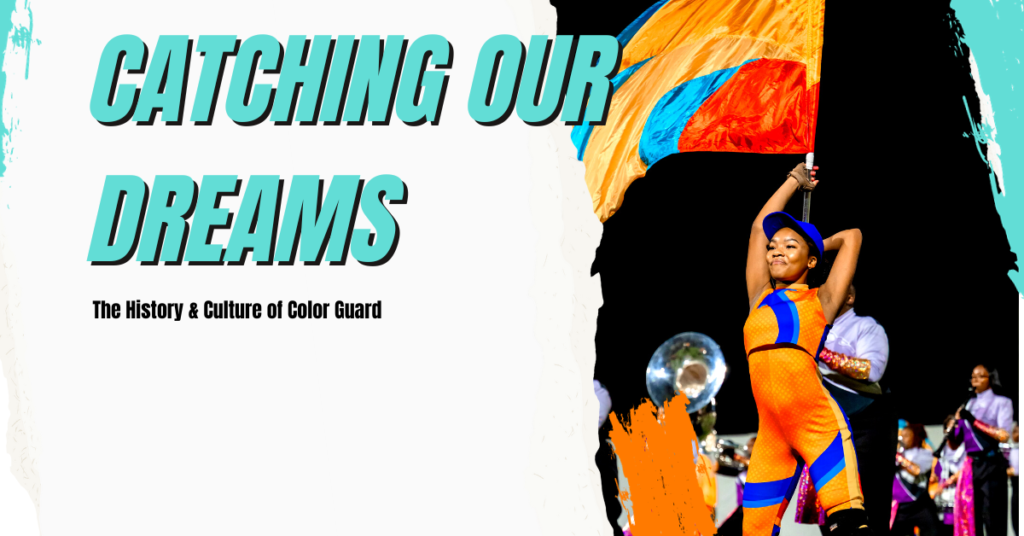
“I’m going to pass out,” Madison Perry, high school senior and captain of the Ridge View Color Guard, told her coach right before their last performance at the 4A band state championships. A month prior, she was diagnosed with a mysterious fainting condition and had to wear an EKG as a precaution.
Mere minutes before the performance, Madison had a decision to make. She could sit out or push through a fainting spell to perform. Madison decided to plaster a smile and lead her guard onto the field, preparing for the consequences afterward.
For most people, no activity is worth putting their health at risk, but for Madison, the blood, sweat and tears put into months of practice was worth it. Color guards have been a staple in the marching band since the 70s, and pioneers of these groups have fought for bands to see them as equally important as musicians.
Color Guard is a versatile art, with a culmination of dance, flag, rifle and saber. Modern flags stand at 6 or 7 ft tall. The poles are made out of a light metal and weights are attached at the top and bottom for performers to achieve powerful or lofty tosses. Silks put the “color” in color guard, as they often include patterns and colors that match the band show theme. To go along with the theme, performers wear elaborate costumes to bring the show to life.
The culture of color guard is more than just aesthetic. Behind every show is an immense amount of hard work put into synchrony and technique. Being the captain, Madison Perry often led warms-ups where flags would perform the same toss until everyone, newbie or vet, caught the toss correctly. Drop spins on flag and rifle, thumb flips, flourishes and pop tosses are other technique-building warm-ups.
Another big part of the culture of color guard is friendship and everlasting memories. Senior color guard members Madison, Kennedy Kearse and Kennedy Berg from “Moving On: A Color Guard Story ” all agree that being unified with their team means just as much (or more) than winning a trophy. Compared to college guards, high school color guards spend more time practicing together, and after marching season, some members go on to compete in winter guard, an indoor version. Over the years, groups become tight-nit and equally invested in putting on the best show of the year.
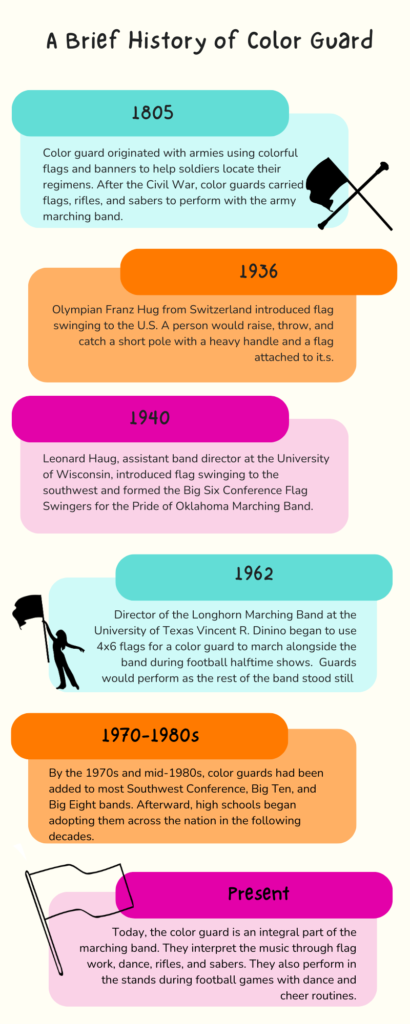
“I wanted to give it my all for the last time because I know I’ll never get this time in my life back.”
– Madison Perry, RV color guard captain
After the state championship performance, Madison had a fainting spell off the field and was taken to urgent care. Luckily, this episode was short, and she recovered after an hour. Madison made the bold decision to put her health aside to finish the season strong, and she has no regrets to this day. As a performer, nothing was more important than finishing out the season surrounded by friends and teammates.
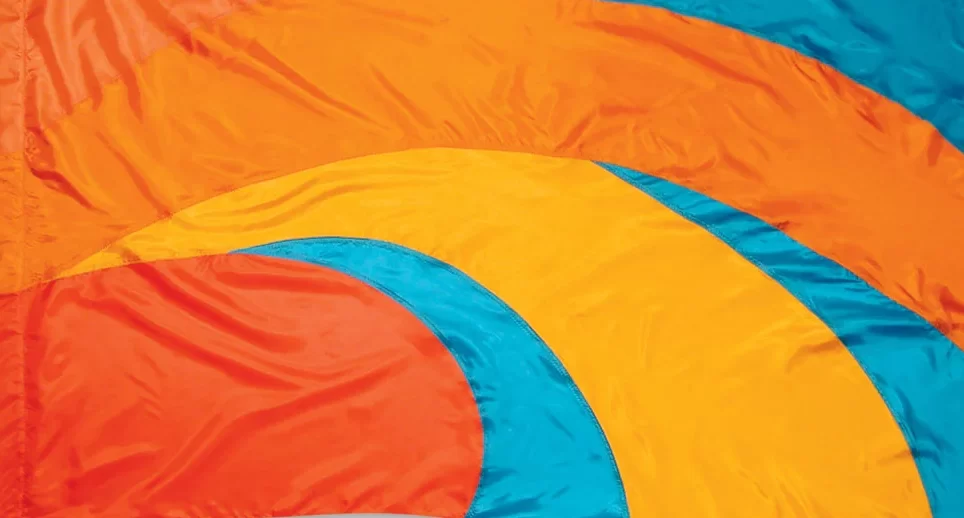
How far would you go to catch your dreams?
A look into the Ridge View Blazer Band season
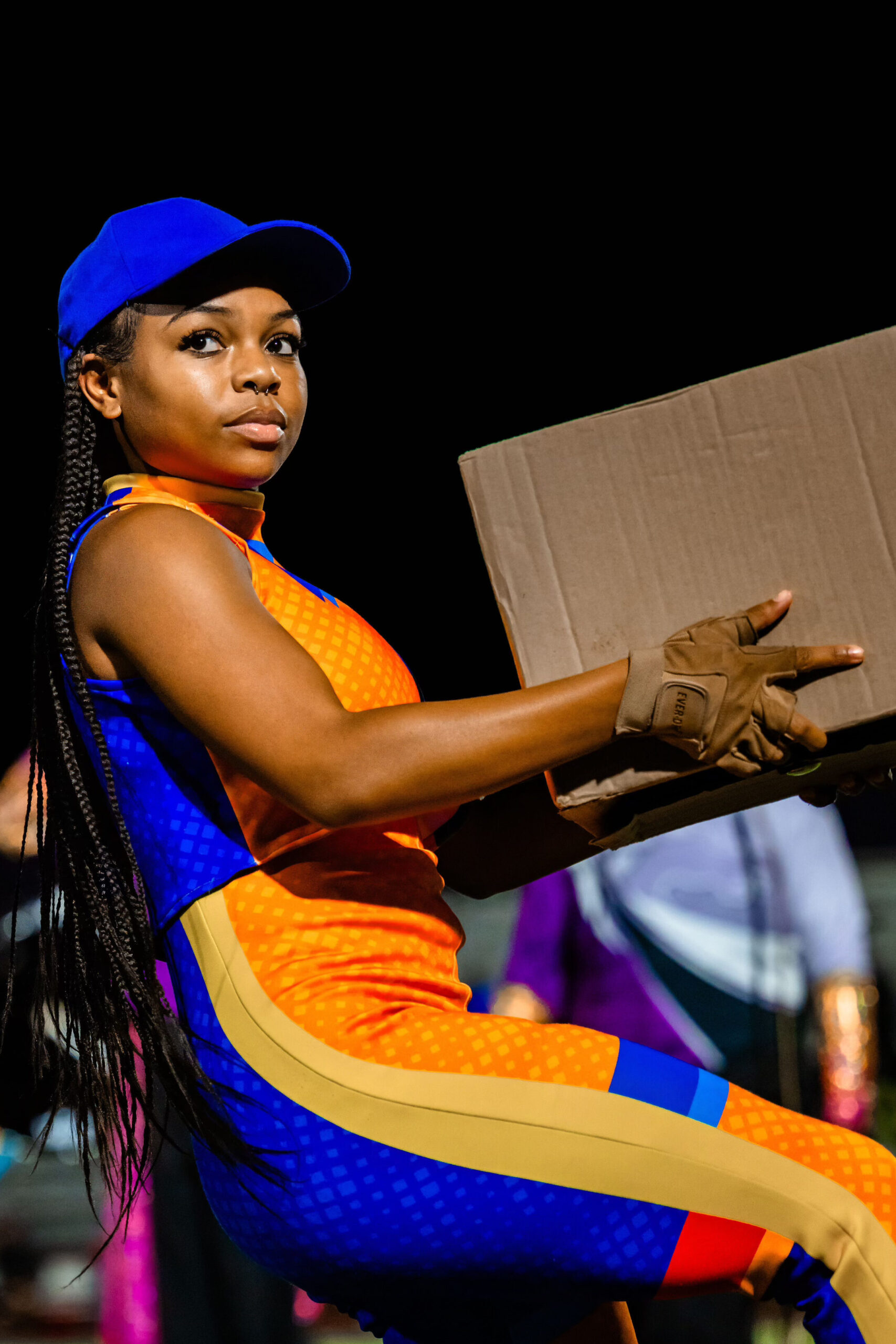
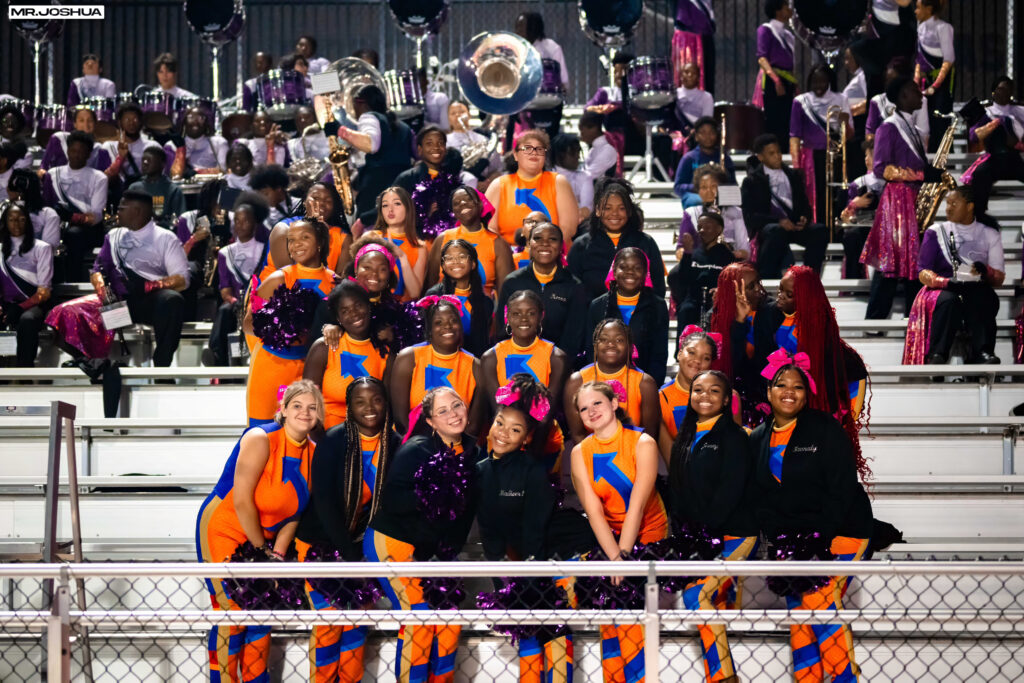
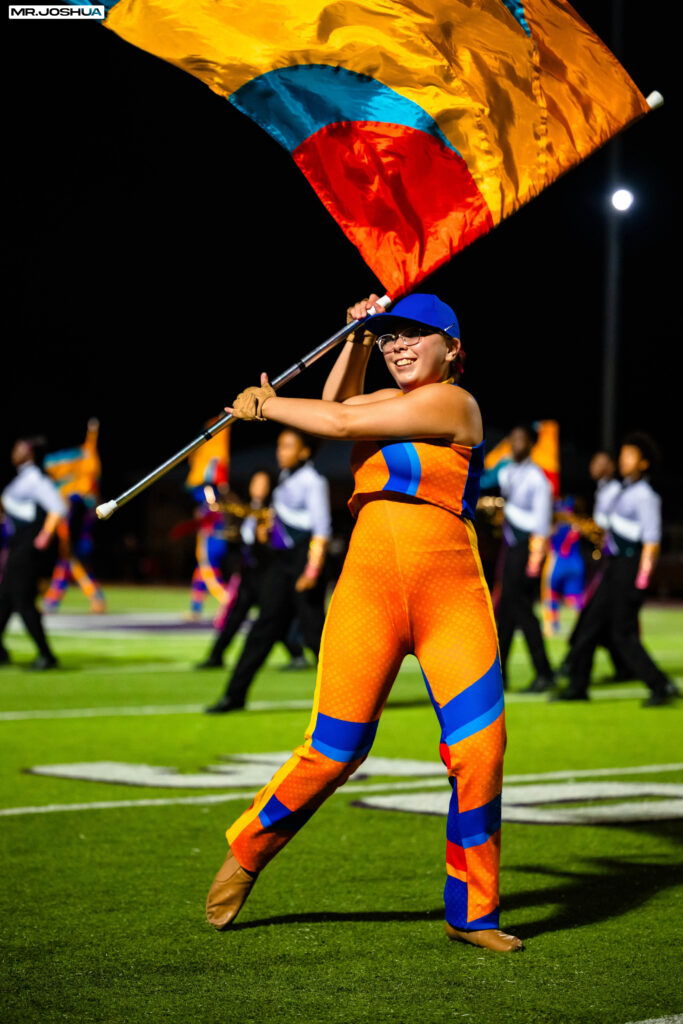
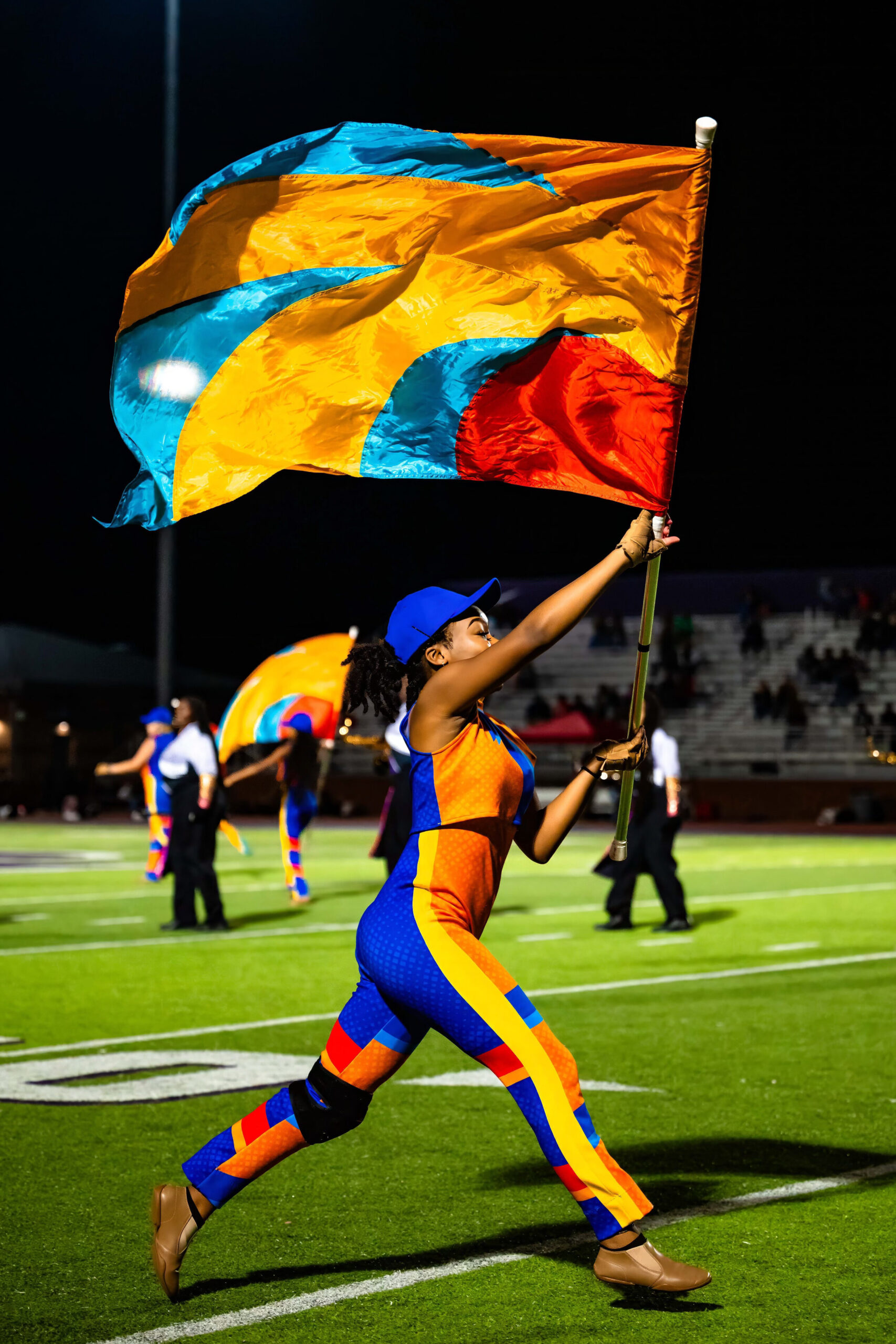

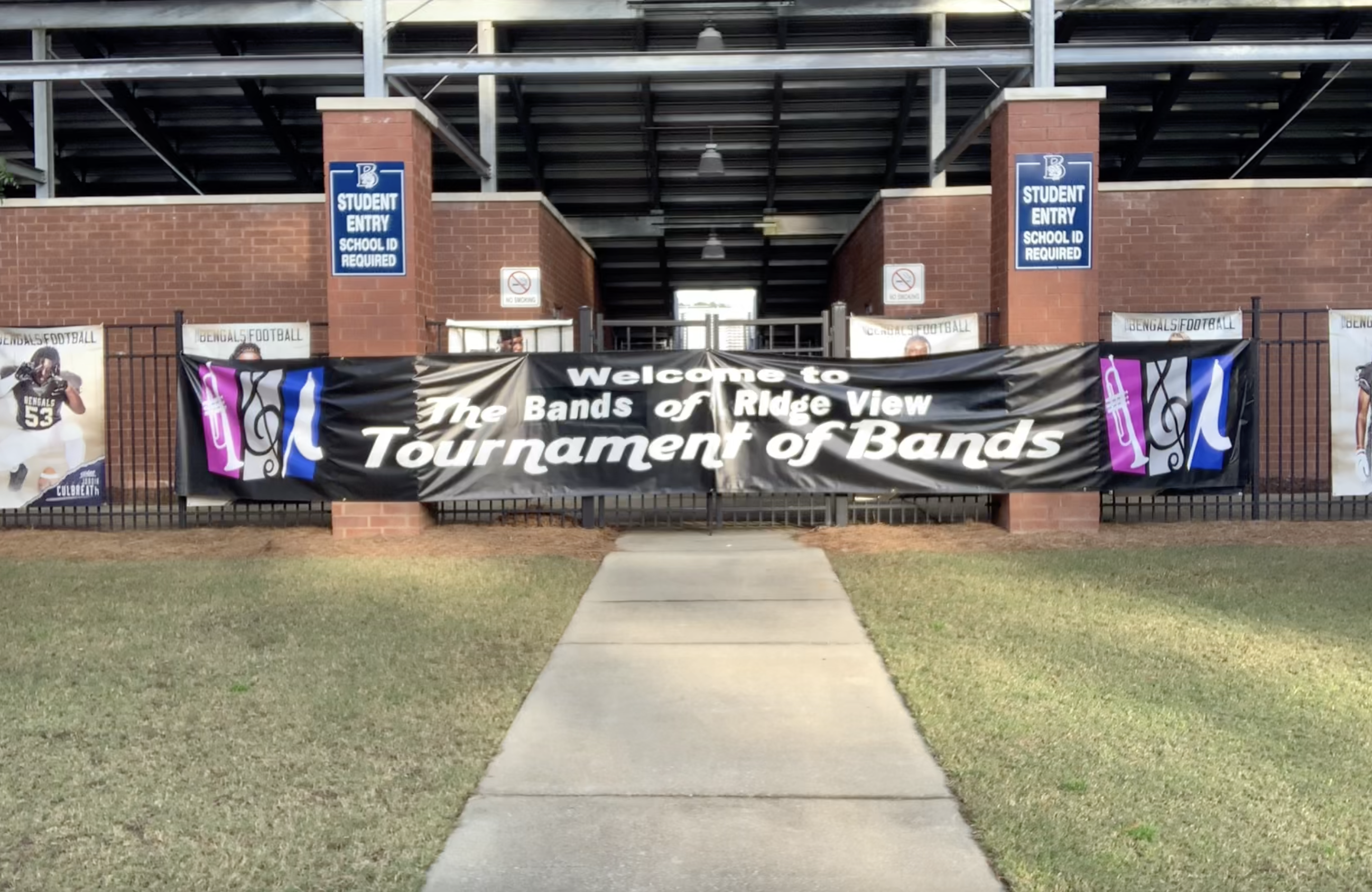

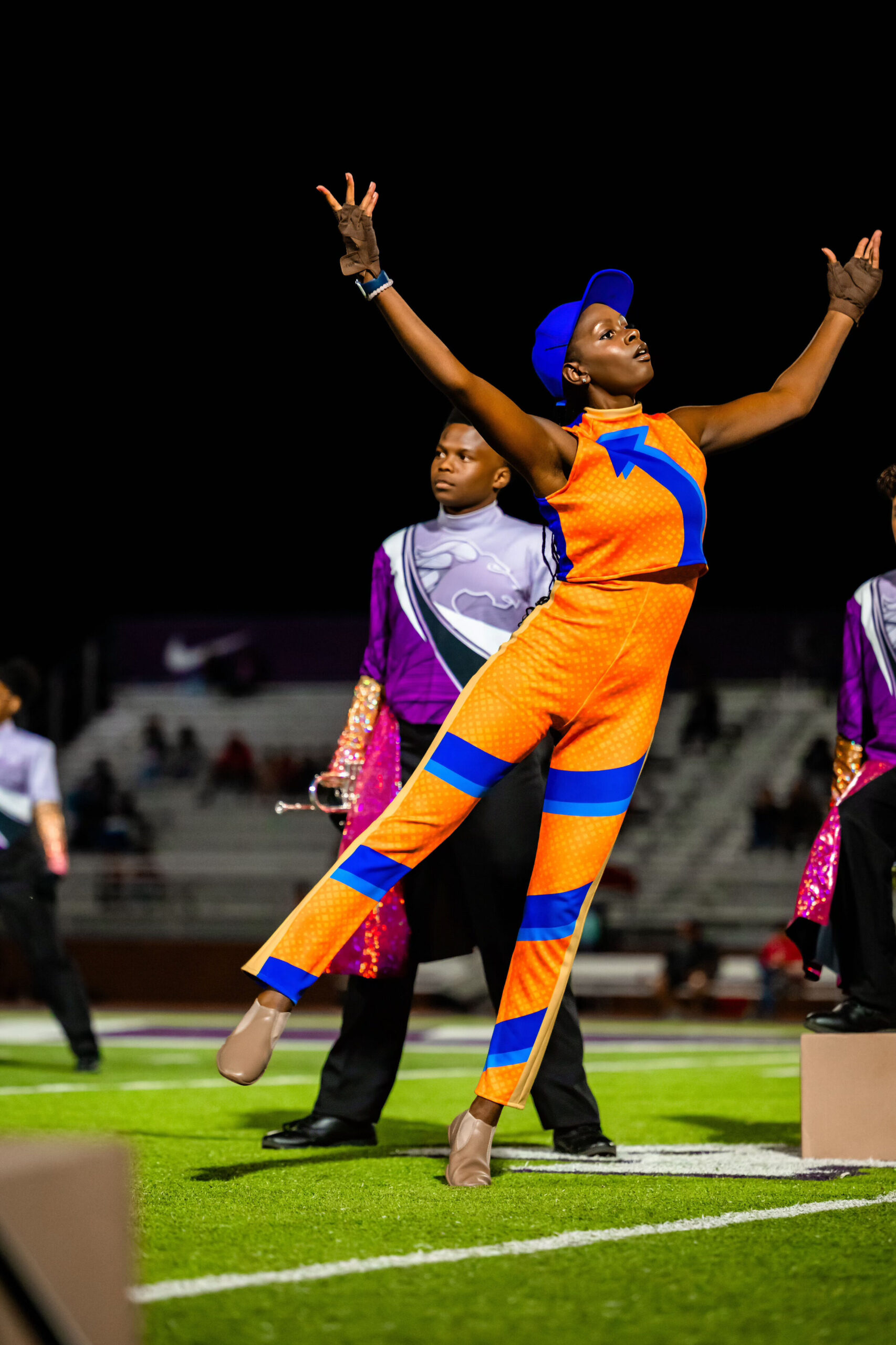
Sources
Admin. “What Is Color Guard? Learn the Story & Importance.” Bandmans, 19 Nov. 2021, bandmans.com/color-guard-their-role-importance/.
“Our History.” OHHS Color Guard, www.ohhscolorguard.com/history.html. Accessed 4 Dec. 2023.
